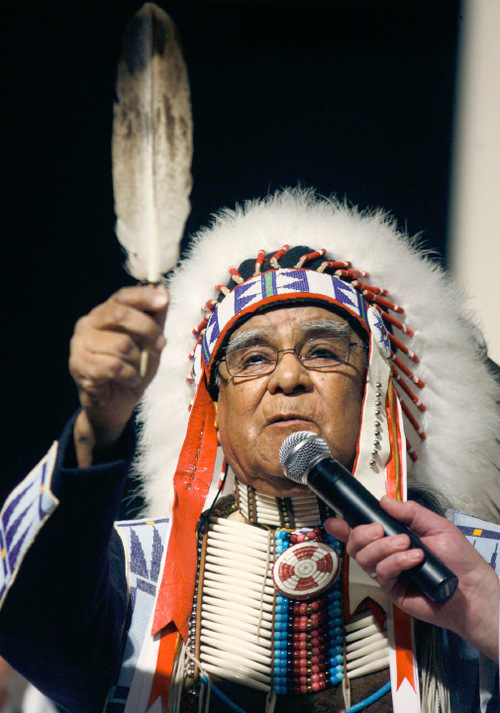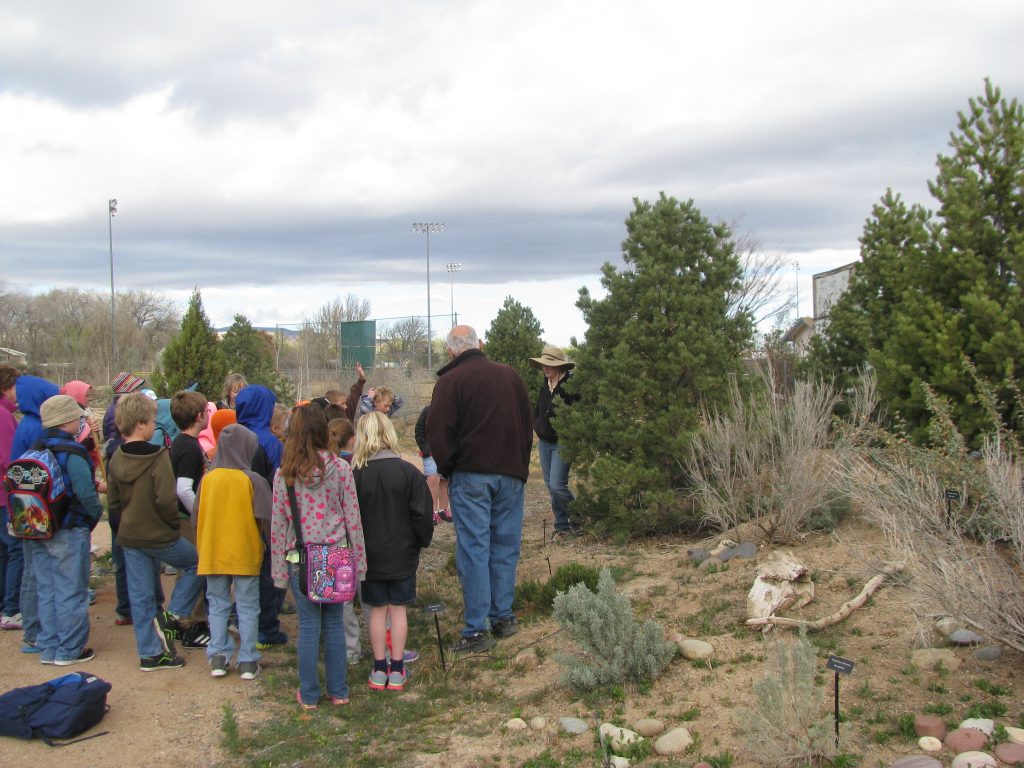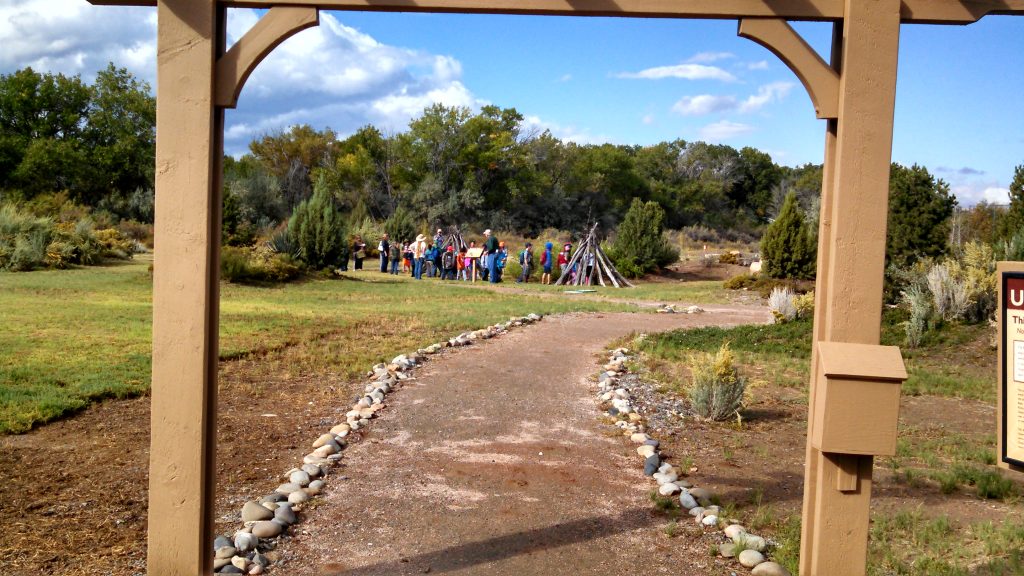Welcome to the Clifford Duncan Ute Learning Garden! Our garden represents the flora found in various Western Slope ecosystems used by the Ute people. The Utes were able to thrive in the harsh conditions of western Colorado through a seasonal movement in which they moved from ecosystem to ecosystem as food became available.
Our garden offers visitors a unique look into the life of the Ute tribe in this region. As you traverse our garden through the life zones, you will encounter plants that were and are important to the Utes ethnobotanically. You will also learn about different structures and relationships essential to Ute life, including relationships with animals in these ecosystems.

Who was Clifford Duncan?
Clifford Duncan was a tribal official, museum director, trained lay archaeologist, artist, U.S. Army veteran, and a leader in the Native American Church. Throughout his life, he traveled extensively and enjoyed sharing the richness of his culture with many. He had a passion for preserving the Ute Culture and served on the language preservation committee while also acting as curator for the old Ute Museum. His knowledge of the history and language was invaluable and essential to the current understanding of Ute life. The Clifford Duncan Ute Learning Garden honors the wisdom of Clifford Duncan and his passion for educating others about the Ute way of life while reflecting on the immeasurable value of the Utes ethnobotanical knowledge.

What is ethnobotany?
Ethnobotany is the study of the direct interrelationship between humans and plants. It recognizes the reciprocal and dynamic nature of the relationship between humans and plants in the areas of ecology, evolution, and symbology. Nearly every plant in our garden has an ethnobotanical use, meaning, the plant can be used as food, as medicine, or in ceremony. Traditionally, the Utes lived in close contact with the land, which meant that their foods and medicine were highly localized and dependent on available weather and land conditions. Our garden aims to preserve the ethnobotanical wisdom passed down through generations of Ute people.
What to expect with a visit?
A trip to our garden will increase a visitor’s understanding of the Ute people, their relationship to the land, and the ethnobotanical plants which supported their life on the Western Slope. Students and visitors alike will leave familiar with plants found at various elevations on the Western Slope, the structures used by the Ute, and Ute relationships with plants and animals.
Accessibility
The Clifford Duncan Ute Learning Garden is accessible. The garden is relatively flat with pathways of decomposed granite surface, concrete, and asphalt.

Guided Tours
Groups can receive a free guided tour hosted by one of our Master Gardener Docent volunteers. Groups we serve include K-12 classes, college classes, youth groups, scouts, and others, including all ages of adults.
Our tour highlights the Ute relationship with plants through different life zones as well as important moments in Ute history, Ute-animal relationships, and Ute structures.
A visit to the Clifford Duncan Ute Learning Garden can be used to cover Social Studies and Science educational benchmarks for kindergarten through fifth grade. In addition to school groups, we welcome groups of any age to schedule a tour at the garden. Tours may be catered to the specific desires of visiting groups. Please inquire.
- Informational brochure about the Clifford Duncan Ute Learning Garden
- Guidelines for Visiting School Groups to the Gardens at CSU Tri-River Extension
- Resources teachers can use to help prepare students.
- Use our online form to request a guided visit for your group or call our office to schedule.
- Or come walk through the garden on your own.
History of Garden (how did we get here?)
The Ute Learning Garden was conceived in 2009 as a physical manifestation of the Ute Ethnobotany Project, an ongoing research and educational project seeking to preserve the traditional plant knowledge of the Ute people for future generations. Working with the Ute Indian Tribe of the Uintah and Ouray Reservation and the Bureau of Land Management, the CSU Extension Tri River Area has constructed a garden to honor the heritage of the Ute people. The garden sits on land set aside by Mesa County to help bring Ute heritage to life in a way that can be experienced and appreciated by Colorado residents and visitors alike.



